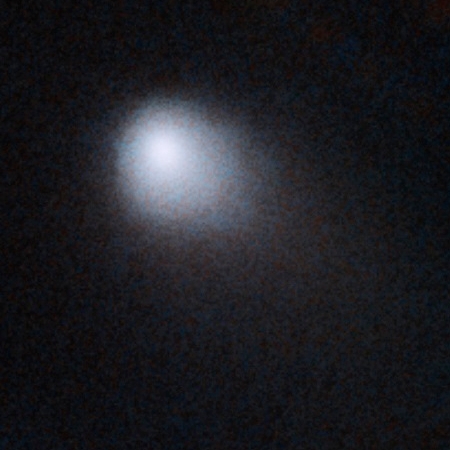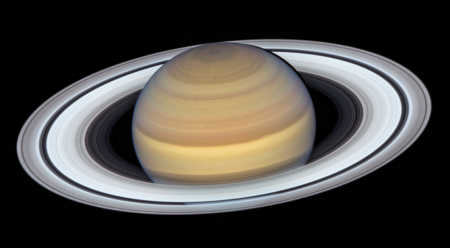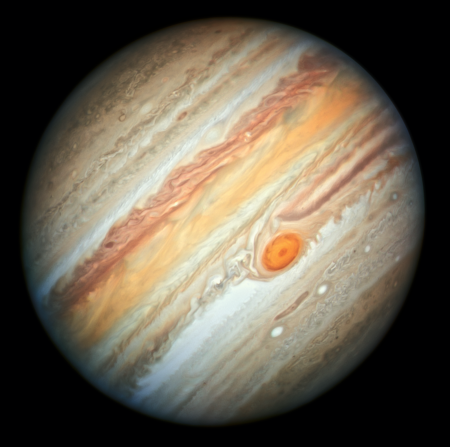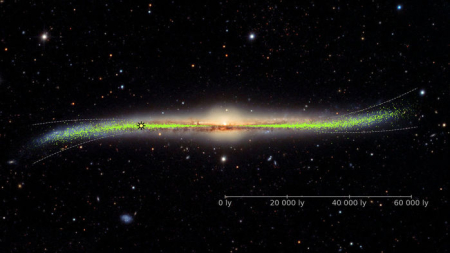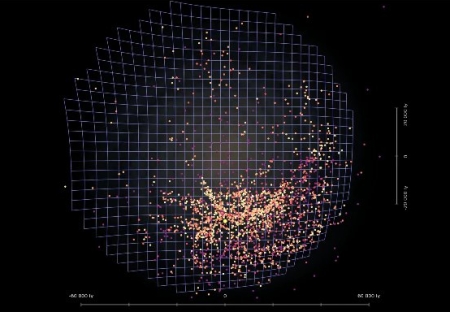Scientists propose mission to interstellar comet Borisov
In a paper published on the Cornell arXIiv site for preprint science papers, scientists have posted a paper proposing sending an unmanned probe to the newly discovered interstellar Comet Borisov, arriving in 2045.
You can download the paper here. [pdf]
Their analysis found that we just missed the ideal and most efficient launch date using the Falcon Heavy. If it had launched in July 2018 a two-ton spacecraft could have reached Comet Borisov by next month.
The best alternative option is a launch in January 2030, flying past Jupiter, then the Sun, and arriving in 2045. Because of the mission’s close approach to the Sun to gain speed, the mission would require the type of shielding developed for the Parker Solar Probe. If the Space Launch System was used for launch, a six-ton spacecraft could be sent. With other available rockets the largest possible payload would be 3 kilograms (about 6 pounds), making the probe a cubesat. As they note,
Despite this very low mass, a CubeSat-scale spacecraft could be sent to the interstellar object. Existing interplanetary CubeSats (Mars Cube One) show that there is no principle obstacle against using such a small spacecraft to deep space.
In fact, having a decade and a half before launch guarantees that a cubesat will be able to do this job, because by 2030 the technology for using smallsats for this kind of planetary mission should be fully developed.
In a paper published on the Cornell arXIiv site for preprint science papers, scientists have posted a paper proposing sending an unmanned probe to the newly discovered interstellar Comet Borisov, arriving in 2045.
You can download the paper here. [pdf]
Their analysis found that we just missed the ideal and most efficient launch date using the Falcon Heavy. If it had launched in July 2018 a two-ton spacecraft could have reached Comet Borisov by next month.
The best alternative option is a launch in January 2030, flying past Jupiter, then the Sun, and arriving in 2045. Because of the mission’s close approach to the Sun to gain speed, the mission would require the type of shielding developed for the Parker Solar Probe. If the Space Launch System was used for launch, a six-ton spacecraft could be sent. With other available rockets the largest possible payload would be 3 kilograms (about 6 pounds), making the probe a cubesat. As they note,
Despite this very low mass, a CubeSat-scale spacecraft could be sent to the interstellar object. Existing interplanetary CubeSats (Mars Cube One) show that there is no principle obstacle against using such a small spacecraft to deep space.
In fact, having a decade and a half before launch guarantees that a cubesat will be able to do this job, because by 2030 the technology for using smallsats for this kind of planetary mission should be fully developed.

